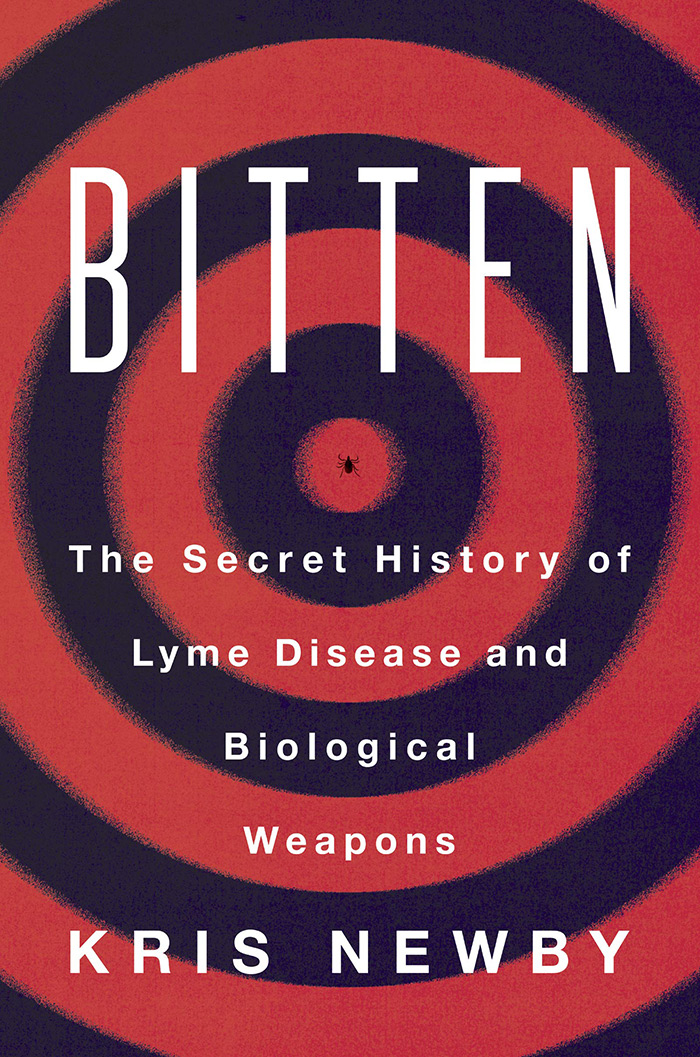T he mainstream “origin story” of Lyme disease in the United States goes like this: In the 1970s, a mysterious ailment afflicted a group of people in and around Lyme, Connecticut. Eventually, scientists determined it was caused by a spirochete transmitted by the bite of an Ixodes tick. A short course of antibiotics would resolve the issue. Mystery solved. Problem fixed.
Since then, that’s basically the script followed by health officials, researchers who receive government funding to study Lyme disease, and the medical establishment.

Unfortunately, says science journalist Kris Newby, “the chasm between what researchers say about Lyme disease and what the chronically ill patients say they are experiencing has remained an open wound for decades.”
And Newby knows what she’s talking about.
In 2002, while vacationing on Martha’s Vineyard in Massachusetts, she and her husband Paul were bitten by unseen ticks.
“These tick bites would rob us of our good health,” Newby writes, “and send me on an investigation into an almost unimaginable possibility: that we were collateral damage in a biological weapons race that had started during the Cold War.”
Upon their return to California, Newby and her husband got horribly sick. A succession of medical experts couldn’t pinpoint the problem and eventually dismissed them as patients. This happened despite the fact that Newby had a positive Lyme test, which her doctors rejected as a false positive.
For readers not familiar with the issue, here it is in a nutshell: Hundreds of thousands of people get sick every year in the U.S. with Lyme and other tick-borne illnesses. But for complex reasons, patients have a devil of a time getting properly diagnosed and treated.
Newby’s case was typical. She saw 10 doctors before stepping out of the medical mainstream and paying out of pocket for a physician who could recognize what she had and knew how to treat it. A point of contention in the controversy is whether the illness can persist after the patient receives a short course of antibiotics. Government/medical establishment folks say no. But patient experience says yes.
In time, Newby found her way to a physician who was familiar with tick-borne illnesses. This doctor diagnosed her with Lyme disease and babesiosis, both prevalent in ticks on Martha’s Vineyard. Then, she began years of treatment that slowly brought her back to health……Join or login below to continue reading.




























